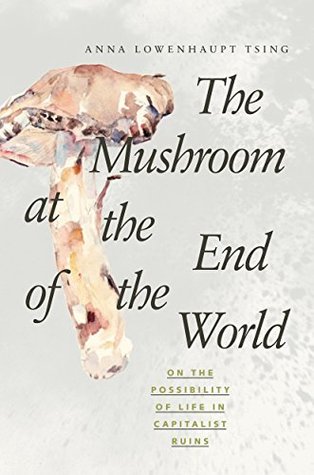But wait: who would want to hear about the world from a worm? That was, in effect, the question addressed by Jakob von Uexküll in 1934, when he described the world experienced by a tick.4 Working with the tick’s sensory abilities, such as its ability to detect the heat of a mammal, and thus a potential blood meal, Uexküll showed that a tick knows and makes worlds. His approach brought landscapes to life as scenes of sensuous activity; creatures were not to be treated as inert objects but as knowing subjects.
Welcome back. Just a moment while we sign you in to your Goodreads account.


